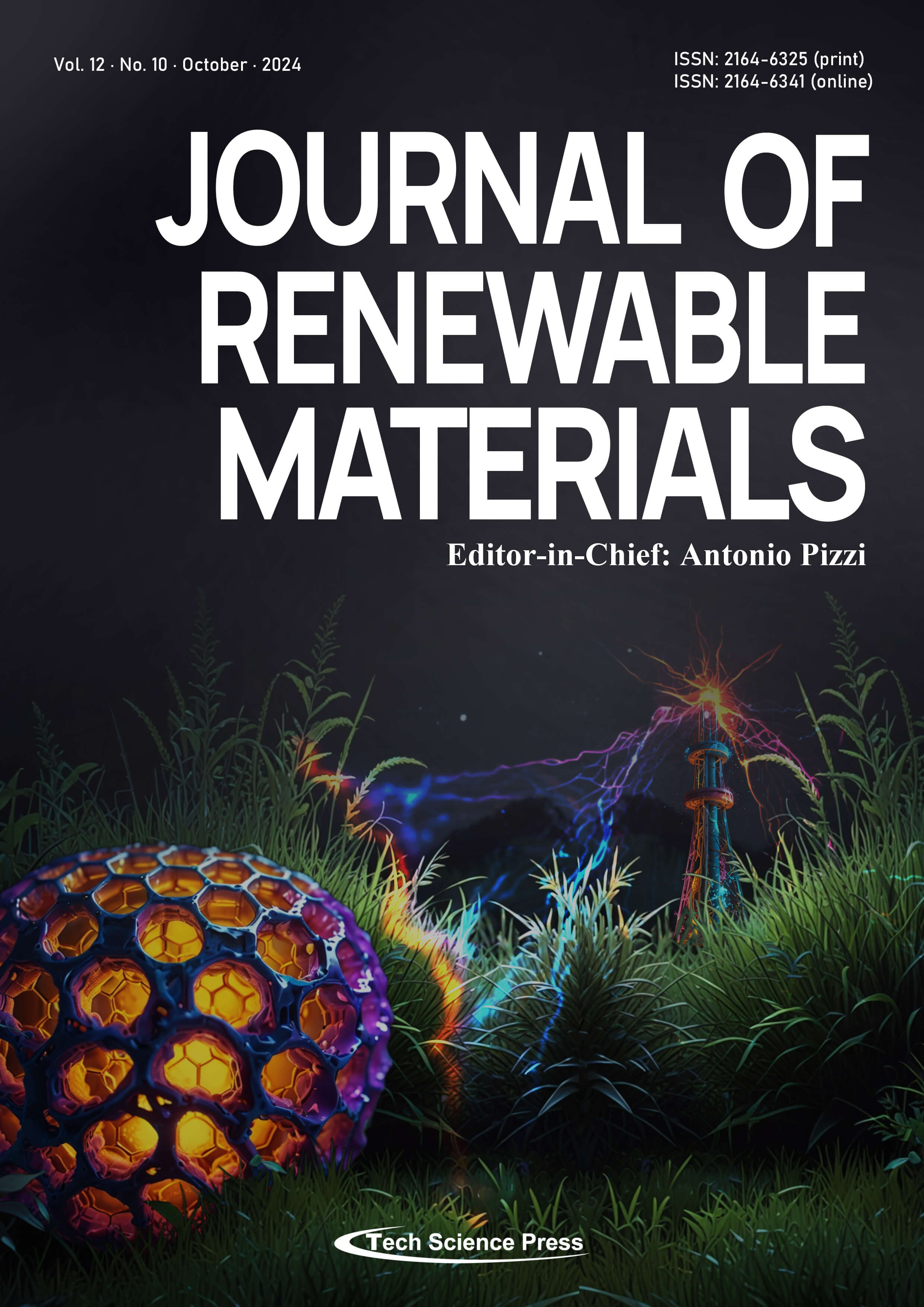Thermosensitive and Wound-Healing Gelatin-Alginate Biopolymer Hydrogels Modified with Humic Acids
Denis Miroshnichenko1, Vladimir Lebedev2, Katerina Lebedeva2, Аnna Cherkashina2, Sergey Petrushenko3,4,*, Olena Bogoyavlenska1, Аnzhela Olkhovska5, Ihor Hrubnyk6, Liudmyla Maloshtan6, Natalja Klochko7
Journal of Renewable Materials, Vol.12, No.10, pp. 1691-1713, 2024, DOI:10.32604/jrm.2024.054769
- 23 October 2024
Abstract The main goal of the article is the creation and study of thermosensitive and wound-healing gelatin-alginate biopolymer hydrogels modified with humic acids. Their rheological properties, swelling and contraction behavior were experimentally investigated, elucidated using Fourier transform infrared spectroscopy and used to achieve the physiological melting point, which is necessary for successful drug delivery. It has been shown that in the gelatin-alginate-humic acid biopolymer hydrogels systems, it is possible to obtain a gel-sol transition temperature close to the physiological temperature of 37°C, which is important for drug delivery in the treatment of wounds. By changing the… More >
Graphic Abstract
